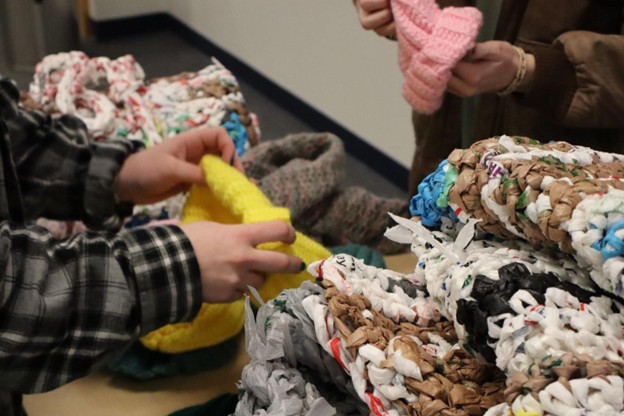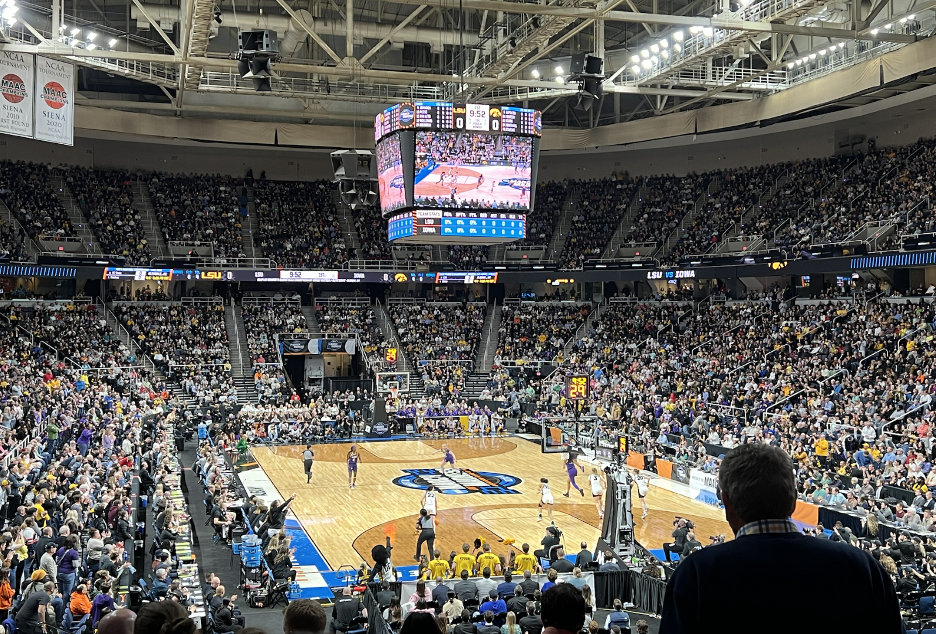The Lycorma delicatula, or Spotted Lanternfly, has been invading areas from all over the northern east coast. These flies are from Southeast Asia and while they are not directly harmful, they aim to hurt crops. Local state agricultural departments have noticed the exponentially expansive and vast inhabiting nature of the species. The spotted fellow was first discovered in Pennsylvania back in 2014 and has been spreading all over the country ever since.
They fly as far west as Missouri with hotspot landings in California as well. There are still some cold spots from west Texas to New Mexico and Nevada. They tend to mate in hotter climates and reproduce right before the colder climates set in. The map released by Entomology Today shows a strong push westward by the small yet volatile species. Kenton Sumpter, an entomologist of the Maryland Department of Agriculture has been studying them for quite some time and knows how they have been getting around.
“They readily hitchhike on vehicles. Rail in particular is a common vector for spotted lanternfly. They can survive travels on rail lines. Keep vehicles sanitary, then the spread will be reduced. Residents are encouraged to destroy all lanternfly that they encounter and report sightings.”
Lanternflies are not going anywhere, but in order to slow the spread, the Maryland Department of Agriculture recommends sanitizing cars as well as trailers and other owned moveable items.
Alan Schlanger ‘22 who currently works for Greenspring Advisors in Towson, Maryland, noticed them more and more throughout the summer.
“I don’t know why they chose to set up shop near my apartment, but it is super annoying. Sometimes there are groups of them and they land right in front of me when I am walking. I really hope the winter freezes them out because I cannot stand them,” Schlanger said.
There are quarantine zones in many Maryland counties that restrict the movement of regulated vehicles that may be inhabited by spotted lanternflies. Anne Arundel, Baltimore, Carroll, and Cecil are a few counties that got added to the quarantine expansion zoning back in January of 2022 by the Department of Agriculture.
“The purpose is to educate residents and businesses about spotted lanternflies. We want Marylanders to be able to recognize them and destroy them wherever they are found. It is also for businesses and land to see if people are transporting them without knowing,” said Sumpter.
The New York Department of Environmental Conservation shares that lanternflies feed on tree of heaven, or Ailanthus altissima as well as grapevine, hops, maple, walnut and other crops that would impact New York’s forests and other crop spots.
Marco Califano ‘22 who commutes to New York City to work at JP Morgan Chase is disgusted by their presence.
Califano said, “It gave me lotus vibes from Jurassic World 3 when I started to see more pictures of them online. I see them often around tree hot spots because I am not really close to Central Park. But I think I saw a nest one time; it looked like sap or like the tree was sick with something.”
The Lifecycle of the lanternfly, provided by NJ.gov when filling out a sighting form, shows four stages: first, an egg mass, often planted on trees; an early nymph with white dots and black skin; a late nymph with black and red skin and white dots; and lastly, an adult with grey wings that have black dots, their bodies have majority red. Borough of Madison, NJ tweeted a picture of the Lanternflies lifecycle, informing residents to familiarize themselves with it.
New York Environmental Conservation, New Jersey Department of Agriculture, and Maryland Department of Agriculture all advise that, if seen, take a picture, kill the lanternfly, then send the picture to a local department.
They aim to hurt our crops, which hurt our health and hunger.
Featured Image courtesy of Luca Marinzulich.












































































































